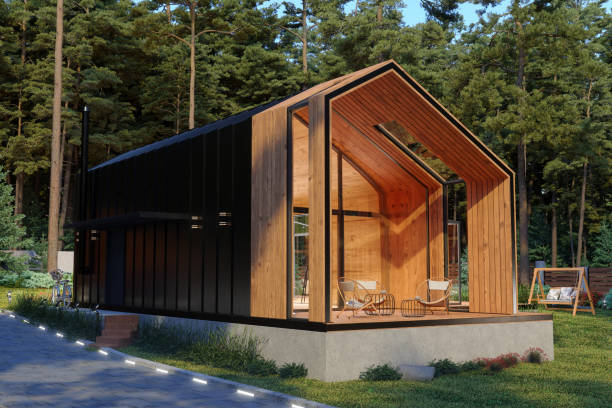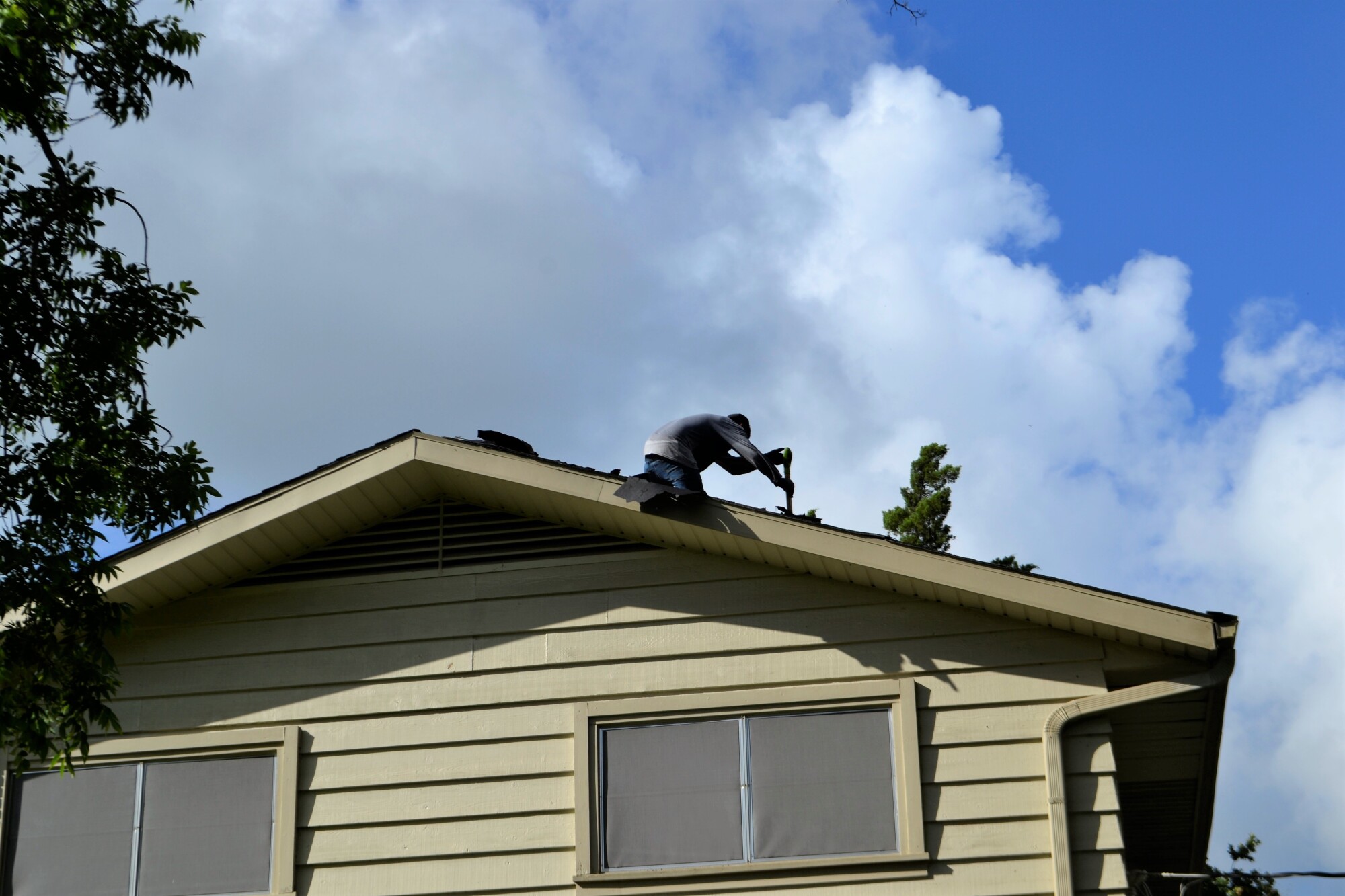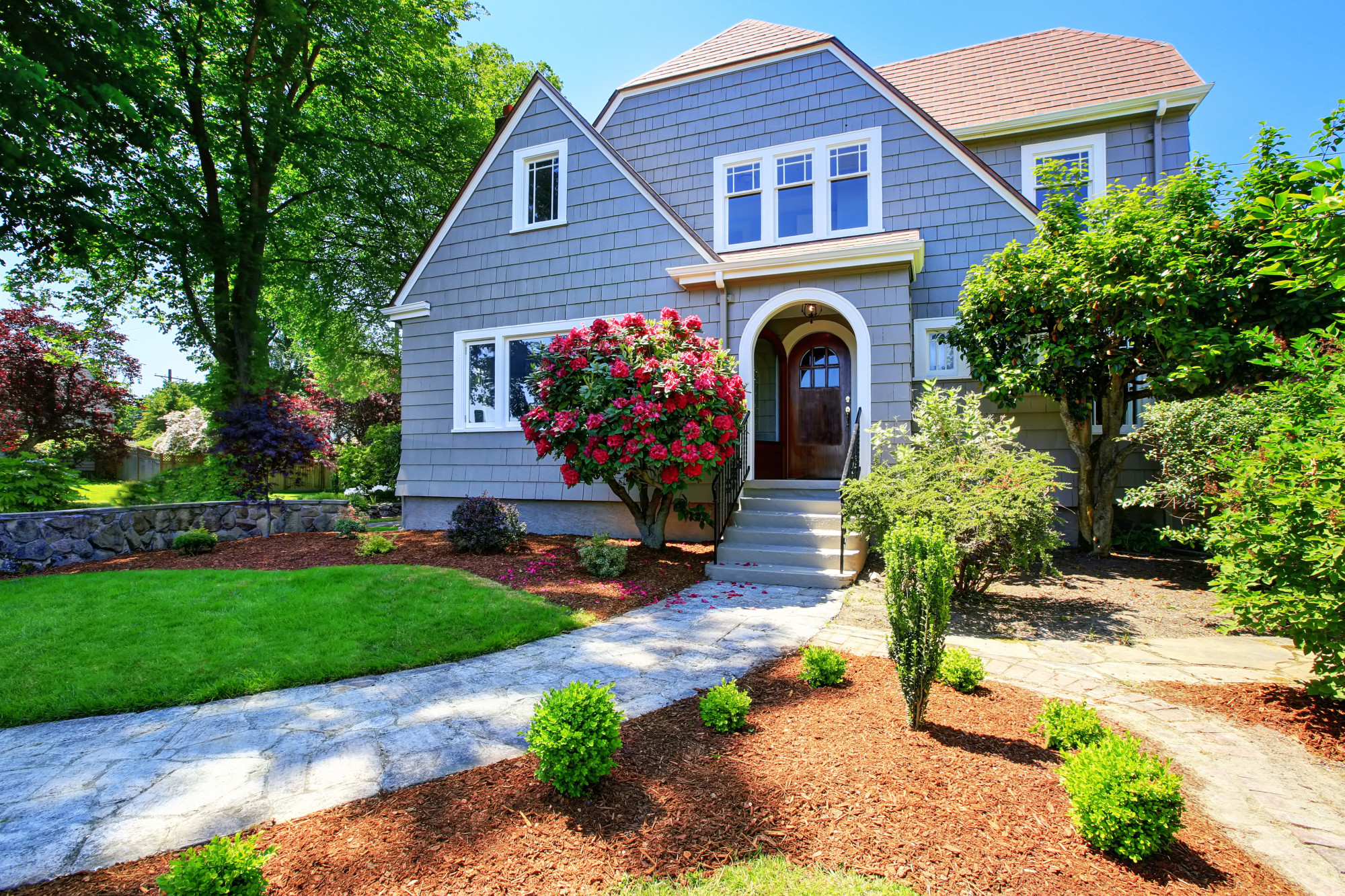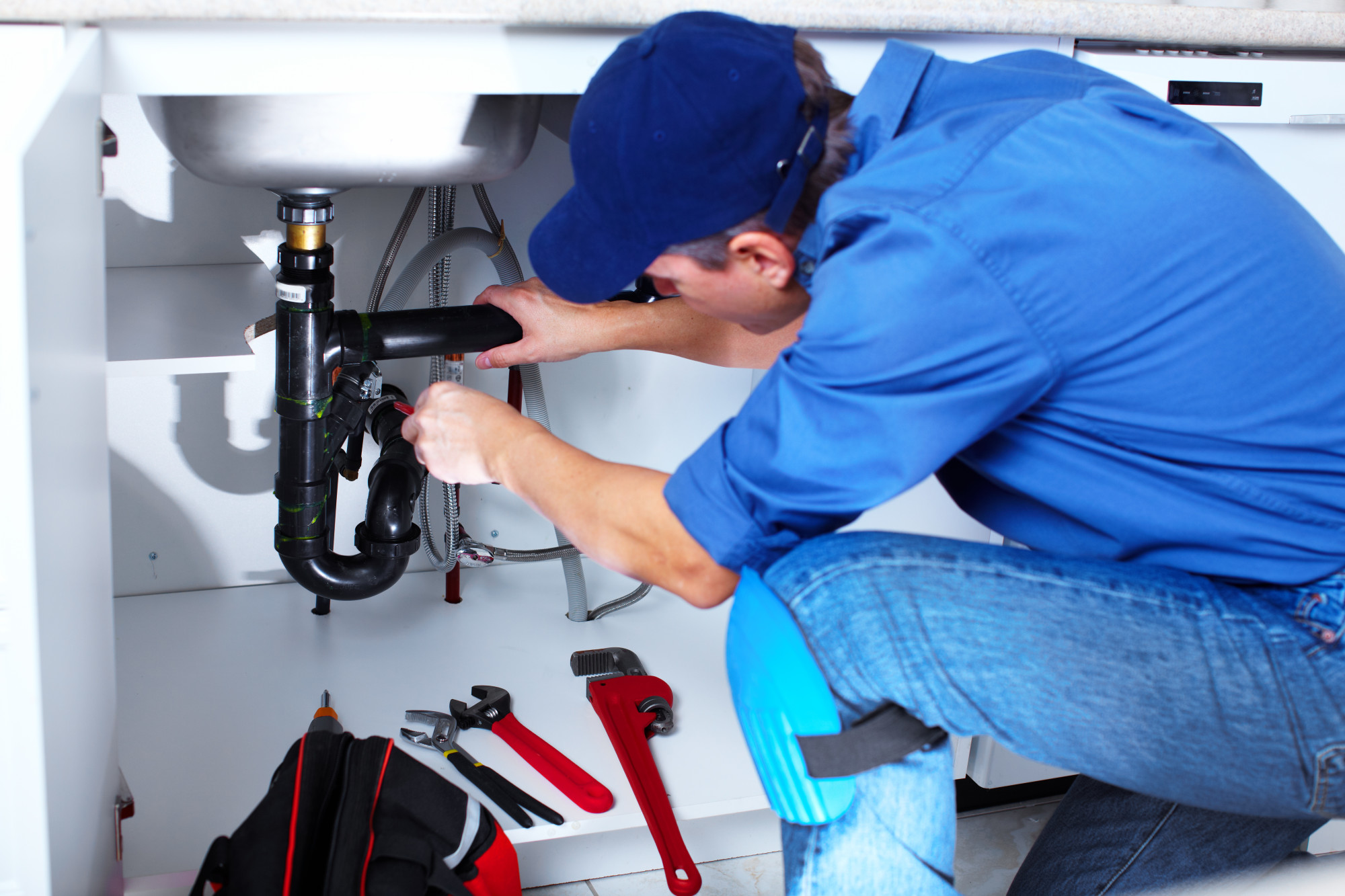Contents
Key Takeaways
- Learn why more families are choosing manufactured homes for affordability and flexibility.
- Discover the potential cost savings compared to traditional housing.
- Understand the environmental benefits of manufactured homes.
- Explore design and customization options in manufactured housing.
Manufactured homes are garnering attention as a cost-effective and flexible housing solution, appealing to a wide range of homebuyers. These homes cater to families who seek practical, budget-friendly living without compromising on quality and modern conveniences. As these homes become more popular, more individuals are finding themselves considering the potential benefits of exploring manufactured homes for sale as a legitimate housing option. The versatility and affordability of these homes offer a viable pathway to homeownership for many who might find traditional housing out of reach.
Introduction to Manufactured Homes
Manufactured homes, often referred to as mobile homes, have been a staple in affordable housing for years. These structures are constructed in a factory setting and then transported to their final destinations, offering a controlled environment that ensures precise construction quality. Historically, they have evolved from simple trailers to sophisticated, fully-featured residences that challenge the norms of traditional on-site builds. Their evolution is a testament to advancements in construction technology and design innovation, allowing them to compete robustly with brick-and-mortar homes in terms of aesthetics, comfort, and durability.
Cost Savings and Affordability
One of the standout benefits of manufactured homes is the significant cost savings they offer. By streamlining the building process within a factory, labor and material costs are reduced, and these savings are passed down to homeowners. For example, manufactured homes can range up to 50% less per square foot than traditionally built homes. With the rising costs of real estate, these savings are not just a perk but a necessity for many first-time buyers or families looking to expand affordably. According to a housing affordability analysis, manufactured homes empower more people to step onto the property ladder, helping dilute the financial pressure associated with homeownership while still delivering the comforts of a house.
Environmental Benefits of Manufactured Homes
Efficiency is a key mantra in the construction of manufactured homes, which translates into significant environmental benefits. The factory-setting construction process allows for the judicious use of materials, drastically reducing waste compared to traditional building methods. Moreover, many manufactured homes are designed with energy efficiency in mind, offering options such as higher-rated insulation and energy-efficient windows. As concern about climate change accelerates, these homes offer an appealing solution for those wanting to make environmentally conscious decisions. Insights from the environmental impact of modern housing support the growing trend of sustainable housing, showing how these homes contribute positively to the ecosystem.
Design and Customization Options
In today’s market, manufactured homes boast a range of design options that cater to diverse tastes and preferences. Buyers can tailor their homes to meet family needs and personal styles, with options ranging from open-plan living areas to additional amenities like porches and elaborate kitchens. This level of customization makes manufactured homes not just a stepping stone for housing but a home that truly reflects the owner’s personality. The opportunity to include [cont’d] high-end finishes and modern design elements ensures that the comfort of a dream home is available without breaking the bank.
Common Misconceptions Debunked
Despite their numerous advantages, manufactured homes still endure misconceptions that can deter potential buyers. Common myths include concerns about their permanence and durability. However, modern building standards and stringent regulations ensure that these homes are as resilient as traditionally built houses. They are designed to withstand the rigors of transport and harsh weather conditions, debunking the myth that they are temporary or substandard structures. Many families live in manufactured homes for decades without facing structural issues, demonstrating their ability to provide long-term living solutions.
The Financing Landscape for Manufactured Homes
Financing a manufactured home has become more straightforward than ever before. Several financial institutions now offer specialized loan programs, including FHA loans, that accommodate the unique aspects of manufactured homes. This enhanced accessibility allows more buyers to consider manufactured homes as a viable option, opening up homeownership to a broader segment of the population. It is crucial, however, for prospective buyers to understand the terms and compare the financing options available. Doing so will ensure that they select a plan that fits their financial situation.
Assessing Quality: What to Look For
As with any significant purchase, ensuring the quality of a manufactured home is essential. Buyers should seek out homes that meet HUD standards and possess certifications from reputable manufacturers. These certifications indicate that the home has been constructed to high-quality standards and will likely offer years of dependability. For peace of mind, homeowners should take the time to inspect potential homes thoroughly and consult experts who can provide additional insights into construction quality and compliance with safety standards.
Future Outlook for Manufactured Homes
The future of manufactured homes looks promising, driven by increased recognition of their benefits over traditional housing options. As more families adopt flexible living arrangements and budgets become tighter, these homes offer a practical, elegant, and sustainable solution. With ongoing innovations in design and sustainability, manufactured homes stand ready to meet the evolving demands of modern living, continuing to pave the way for a new era in housing.





